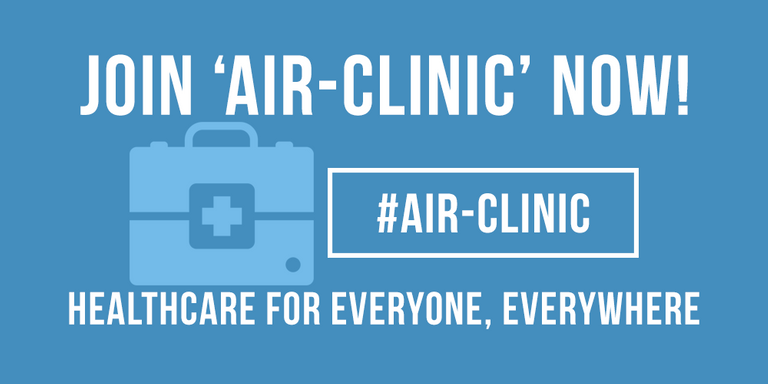DEFINITION
Corticosteroids are class of hormones that are produced in the adrenal cortex of vertebrates as well as synthetic analogues of the hormones.
The two main classes of corticosteroid
- Glucocorticoids
- Mineralocorticoids
They are involved in many physiological process, including stress response, immune response and regulation of inflammation, proliferation, vasoconstriction, carbohydrate metabolism and protein metabolism.
Synthetic analogue of corticosteroid have be produced and is formulated into different forms such as oral, topical and parenteral corticosteroid.
Topical corticosteroid comes in form of aerosols, creams, gel, lotion and solutions to be applied on the scalp and skin.
HISTORY
Topical corticosteroid (TC) is major milestone in the medical practice due to its potent anti-inflammatory, anti-proliferative and vasoconstrictive effects. Its first introduction was in 1952,when hydrocortisone was use in dermatological therapy and in 1962 the third generation of TC was discovered.
Topical corticosteroid are used extensively by dermatologist for inflammatory and hyperproliferative disorders of the skin and as important as these agents are they can cause serious adverse effects when used in large quantity, over a long period of time and applied to a particular part of the body. philip showalter hench got noble prize award for his discovery of corticosteroid.
philip showalter hench got noble prize award for his discovery of corticosteroid.
ADVERSE EFFECTS
Adverse effect of TC is due to its enhanced percutaneous absorption through the skin, but children are more susceptible due to their skin tenderness. Some of these adverse effects include: moon face, headache, stunted growth, glaucoma, infection, acne, bleaching vascular necrosis, loss of appetite, fluid retention, skin thinning, fungal infection (tinea incognita) easy bruising, stretch marks and enlarge blood vessels etc.
Corticosteroid and TC should be withdrawn when the signs of adverse effects are noticed but for TC, it could be reduced immediately but for systemic corticosteroids, withdrawal should be tapered down gradually.
Local side effects are more noticed than systemic side effects.
The risk of side effect is dependent on.
Strength/potency of TC
Area of application TC
The time duration of use
Skin damage form inappropriate steroid application is visible within 2-3 weeks.
SIDE EFFECT IN PREGNANCY
Corticosteroid appear in breast milk in breast milk can harm new born by inhibiting their growth.
May cause exogenous cushing syndrome.
CLASSIFICATION OF TC
Classification of TC is based on their vasoconstrictive effects. According to the British National formulary, TC is classified into four classes which include mild, moderate, potent and very potent but the American system classifies TC into seven classes. Based on this classifications. some countries example New Zealand allows TC to be given only as prescription drugs examples of TC are:
Flucoinlones
Clobetasol
Hydrocrotisome
Difloratone
Betamethasone
Some medical conditions associated with TC use are
Eczema, dermatitis, atopic dermatitis, Rashes, pruritis, dermatophytosis, psoriasis, anal itching, Acne etc.
DOSAGE
Topical Corticosteroid administration measurement is usually done usually the FTU i.e finger tip unit. FTU is the amount that can be squeeze with the finger tip with a 5mm diameter nozzle using a standard nozzle tube. One FTU = 0.5 g/cream. The recommended dose using FTU is dependent on the body part that is involved and sensitivity of that certain body part owing to the fact that the skin is thinner in certain areas of the body.jpeg)
In practice, once or twice daily application is the usually recommendation for most TC preparations.
BLEACHING MECHANISM OF TC
Bleaching creams/ointment attempts to bleach or remove the localized dark particles e.g melasma and hyper pigmentation
TC lightens or bleaches skin by the following mechanism
Initial bleaching due to vasoconstriction
Slowing down skin cell turnover thereby reducing the number of melanocytes and their activities.
Reducing production of precursor steroids hormones thus reducing production of melanocytes stimulating hormone (MSH) 
Before you use a Topical corticosteroids cream (TC)ensure its recommended by your healthcare provider and durring use observe any new discomfort or sign on the area(s) of applications.
Stay healthy, its your NATURE right.
A detailed post on Topical corticosteroids. In clinical practice, it is very very effective along with oral preparation. But we should be careful about its adverse effects. Long-term use might bring unwanted outcomes.
Nice post. Keep up the good work.
A few advice though! As you have included some pictures in your post, it would be much better if you would have cited the source, even if you own them.

Second, if you take help from any source,do not hesitate to give the credits to the source.
Thank you @hafiz34
Very informative post on TC, it's application and side effects. Thanks for sharing @shawnnn.
@fastfingers loves you, steem on.
.gif)
#Huge-Challenge
#Air-Clinic
You may want to join us on discord via https://discord.gg/rqded5m

Thanks alot @fastfingers